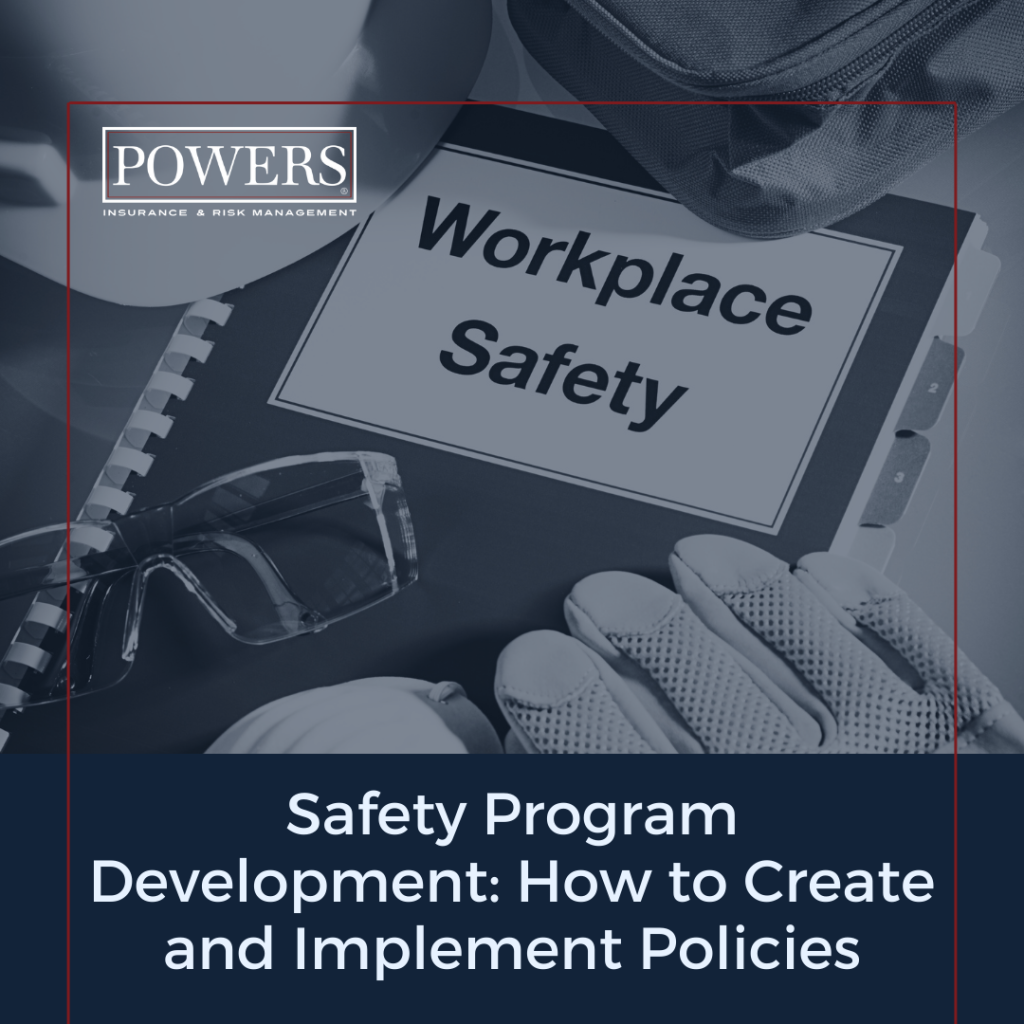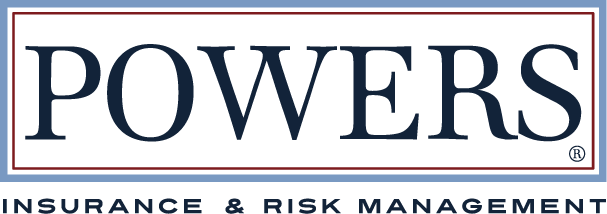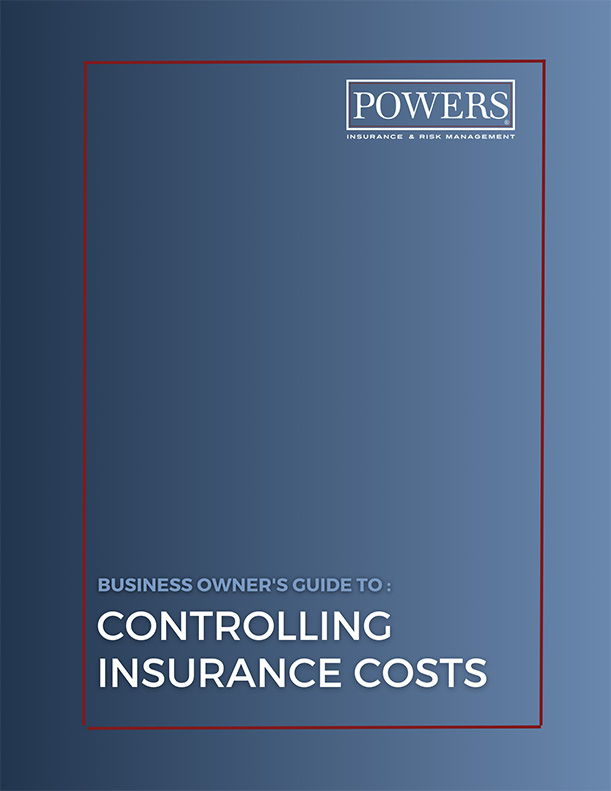Once you’ve established a safety culture and identified your top risk areas to address, it’s time to put policies and procedures in place to support them…
This post is part of our seIn this guide, we’ll cover the following points and in the coming weeks, POWERS will continue to post additional deep dives into each of the below topics. You can find all POWERS Research and Industry insights here.
- Why every business needs a workplace safety program
- How to Build a Safety Culture (or Make Yours Even Better)
- How to Identify Hazards with a Risk Assessment Framework
- Safety Program Development: How to Create and Implement Policies
- Reporting and investigating incidents
- Measuring success: Which KPIs to track
- Top safety policies for any business
- A successful safety program takes a village
———–
Once you’ve established a safety culture and identified your top risk areas to address, it’s time to put policies and procedures in place to support them.
Sound like a lot? Implementing policies is as easy as 1-2-3-4.
- Establish safety policies
- Create standard operating procedures
- Educate and train employees
- Consistently enforce safety policies

Let’s take a look at each step.
1. Establish safety policies
Your goal in developing a safety program is efficacy, not creativity. There’s no need to reinvent the wheel – don’t be afraid to lean on others’ experience and expertise to create your policies.
There are hundreds of templates for policies and procedures online. Start by looking for resources specific to your industry from reliable sources such as trade associations or insurance carriers. Then, customize them to fit your company’s unique needs.
It’s important to document your safety policies and procedures. Don’t rely on verbal agreements or procedures passed down through training alone. Everything should be written down, signed by employees upon review, and easily accessible.
While the policies you create depend on your industry and hazard assessment, here are some ideas for where to start:
- Create a comprehensive safety policy stating the company’s commitment to safety and confirming employees’ agreement to put safety above all else
- Define concrete expectations for employees around what it means to put safety first
- Address key, general areas like your incident reporting process, emergency procedures, and proper usage of personal protective equipment
2. Create standard operating procedures (SOPs)
Standard operating procedures (SOPs) are step-by-step guides to safely doing specific jobs or using equipment. These documents should detail the following for the job:
- Required equipment and tools
- Required PPE
- Required competencies
- Specific maintenance and usage guidelines
SOPs are meant to be detailed. Write them for a new employee performing the task for the first time, without assuming prior knowledge or experience.
It might sound obvious, but the best way to end up with an SOP that includes all the relevant details is to involve the employees who do the task. Ask for employee input from the beginning to avoid SOPs that are too theoretical or generic.
Finally, set reminders to regularly review and update SOPs in case the process or equipment changes. Typically, an annual review is sufficient.
3. Educate and train employees
Of course, amazing policies and procedures don’t matter if employees don’t understand and follow them. Here are our top tips for safety rules that stick.
- Train every employee on new policies and SOPs, then add them to your onboarding process for new employees.
- Ask employees how they prefer to learn. If possible, offer some different options, such as a classroom setting or an online session.
- Document who completes safety training and have employees sign their names on safety policies. Documenting sign-off is important for both compliance and making employees feel personally invested in follow-through.
- After the initial training, communicate policies regularly through a variety of channels, such as safety meetings, toolbox talks, posters, and emails.
Long story short, repetition and consistency are key to helping your team remember policies and incorporate them into their day-to-day operations.
4. Consistently enforce safety policies
If you’re inconsistent with enforcement – for example, if supervisors are allowed to bypass safety protocols – the policies you worked hard to create will lose their power.
Some tips on effective enforcement:
- As a leader, hold yourself to the highest safety standards.
- Reward employees for proactively following safety rules. Avoid rewarding “zero accidents,” though, as it can incentivize employees to hide incidents and potential hazards.
- Document training completion and ensure every employee completes the training requirements.
- Take corrective action when needed.
If your organization is struggling with enforcement, keep an open mind when asking, “Why?” It’s unlikely that employees are simply unwilling to follow safety rules. Ask the following questions about the rule that’s being broken:
- Have we clearly communicated the rule?
- Have we discussed the reasoning behind the rule and the potential consequences of not following it?
- Have we made it as convenient as possible for employees to follow the rules?
- Are supervisors following the rules in front of employees?
- Can we incorporate appropriate incentives for safe behavior?
Policies and procedures FAQs
How do I know which policies and procedures to put in place first?
Your first order of business should be to create a comprehensive safety policy that outlines your company’s commitment to safety. Then, turn to your risk assessment. The most important policies and procedures to put into place are those that directly address your most pressing workplace safety risks.
Can I use templates for my safety policies?
Yes, templates are an excellent starting point. Some tips to use them wisely:
- Look for resources from reputable sources. Random templates from untrustworthy websites could include outdated information or compromise your team’s safety.
- Customize each template to fit your company’s unique requirements. Do they mesh with your specific operations?
- Before finalizing each policy, have it reviewed by a safety expert and at least one employee who will be impacted by it.
How can I ensure my employees understand and follow safety policies and procedures?
Creating policies isn’t enough – it takes follow-up for them to make an impact. Train every employee on safety policies, and consistently communicate them through safety meetings, posters, and emails to reinforce them and encourage compliance.
When is corrective action appropriate?
While accident investigations should focus on root cause identification, corrective action may also be appropriate if an employee willfully disregards a safety policy or intentionally puts another employee in danger.
If there are no consequences for knowingly breaking a policy, the policy will lose its power. Make sure employees know what will happen in these cases. For example:
- Initial written warning
- First write-up with mandatory training
- Second write-up and suspension
- Third write-up and termination
If an employee knows how to work safely but refuses to do so, they’re endangering their colleagues and your company.
A successful safety program takes a village
Preventing injuries is an investment worth making. However, those resources can quickly add up. Explore your options for outsourcing safety support where you can. Does your workers’ comp carrier provide resources? How about your agent?
All POWERS clients have access to safety training and program development experts as a value-add. It’s all about helping you protect your people and reduce insurance costs without huge in-house expenses.
Find out how our experts can help you protect your employees, reduce costs, and boost your return on safety by scheduling a free consultation today.





